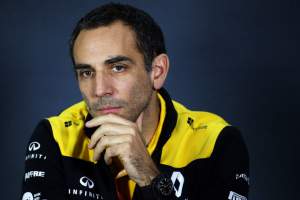Up Next

Renault Sport changed the whole complexion of Formula 1 back in the turbo days of the 1970s and did so from its base in Viry-Chatillon 20km outside Paris.
A revolution started from within the walls of a factory built in 1969 as the automotive giant’s competition hub. Its innovative embrace of turbocharging ripped through F1 like a forest fire, drawing many other automotives in its backdraught.
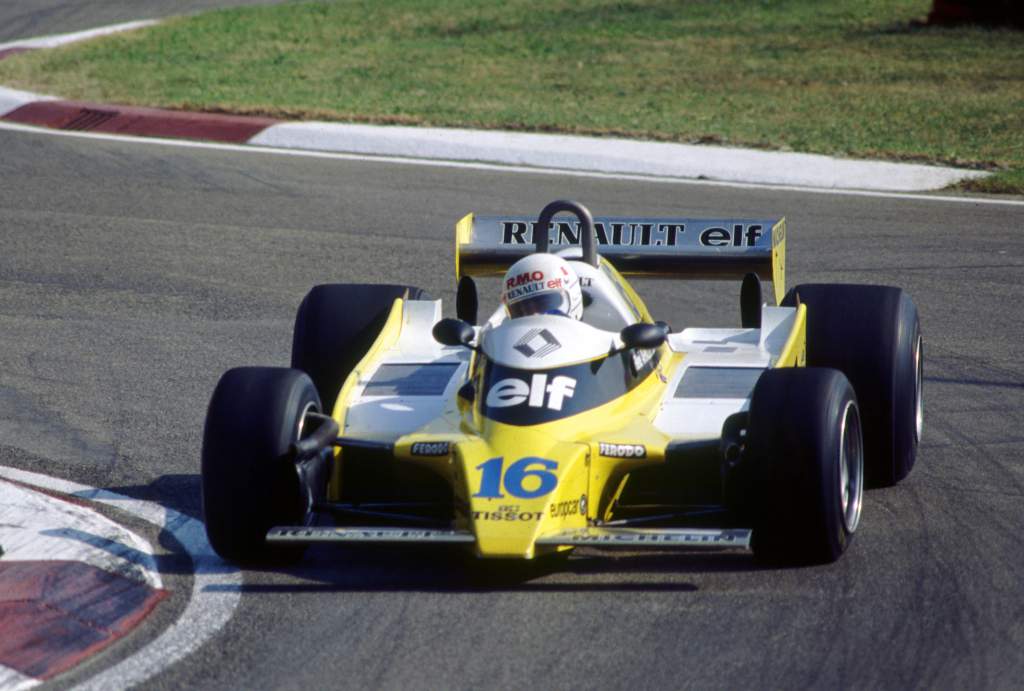
In the late ‘80s pneumatic valve springs – which demolished the RPM ceiling imposed on F1 engines for decades, paving the way for spectacular power increases – were first created in Viry.
The line of V10s which powered Williams to glory through much of the ’90s came from here, as did the V10 and V8 which helped Fernando Alonso deliver Renault its first championships as a constructor in 2005 and ’06. As did the trick software which allowed Sebastian Vettel to dance his way to those blown diffuser Red Bull victories.
That Viry-Chatillon base has just been massively upgraded in time for Alonso’s return to the team. What was a 1600 sq metre facility has been extended to 4000 as Renault, through its Alpine brand, seeks to recapture the mojo that made it one of F1’s giants.
By 2016 – when Renault took the plunge to become a constructor once more after six years as only an engine supplier – Viry was in a tired, run-down state, with much of the machinery and equipment coming to the end of its life.
The same was even truer of the Enstone team car-building base which had left Renault’s ownership entirely during its absence and suffered from an acute lack of investment. Given the budgetary restrictions imposed by the parent company – these were no longer the free-spending boom years – a choice had to be made about which base was upgraded first. It had to be Enstone.
So Viry has had to wait until now. Cyril Dumont, director of the facility since 2018, is naturally excited and talks us through the upgrade.
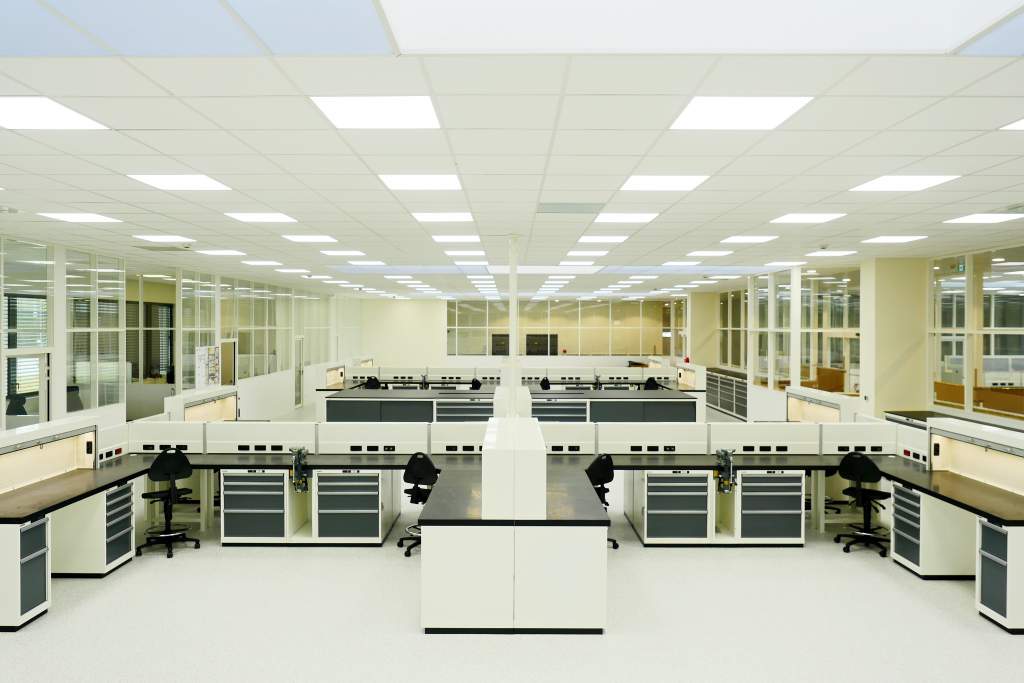
“Not only was the workshop at the end of its life, but because doing the assembly of the hybrid PUs is not the same as doing the assembly of V8s or V10s, the size of the boxes where we assembled the engines was just too small,” he says.
“We also had to work on the cleanliness of these areas and with new machines to clean the parts before assembling some components like the injection rails and the hydraulics.
“There was no room to create the additional clean areas so we decided to make this extension, to allow it to work in a much better way.
“We also took the opportunity to work a lot on the flow of the parts. So we are now three times the size of what we had to do the same thing.”
Three times the size for the same number of employees – which stands at around 500, in addition to the 700 at Enstone.
But improving the facilities is just the start of it. Inspiring a winning culture into a group of 500 people isn’t the work of a moment, especially when the company has been in the doldrums for so long, as even those titles won in partnership with Red Bull now seem so distant.
Fortune has not been kind to the parent group during that time, with underlying financial challenges and the management upheaval brought about by company boss Carlos Ghosn’s arrest in late 2018 and dismissal shortly afterwards.
The enforced restructuring has had a cascading effect upon the competition programme, and for a time there was an air of uncertainty about continued F1 participation. It’s not hard to imagine this might have brought certain difficulties in keeping a group motivated and focused.
Yet despite that background, despite competing on a significantly smaller budget than Mercedes, Ferrari or Honda, despite the worn-out facilities, there has been some good work at Viry during Dumont’s time in charge.
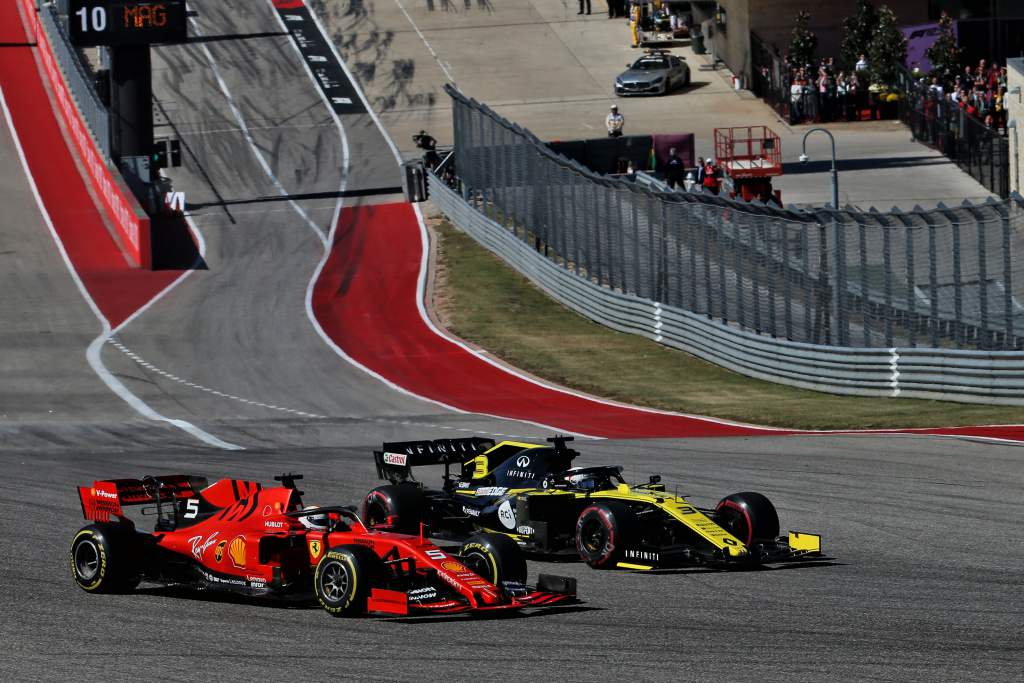
It’s generally forgotten how by the end of 2019 its engine was second only to Ferrari in performance as measured by GPS – and that there were certain question marks around that particular Ferrari power unit.
Dumont’s background is the racetrack. He was Vettel’s engine engineer at Red Bull. They worked together to create the engines which blew their exhaust onto the diffuser with such intricate precision – an absolute cornerstone of Red Bull’s success.
“Ha, yes. That was such a satisfying time,” he recalls gleefully. “I had lots of fun on this subject. It was funny because the other teams had only discovered what we were playing with and then the era was over.
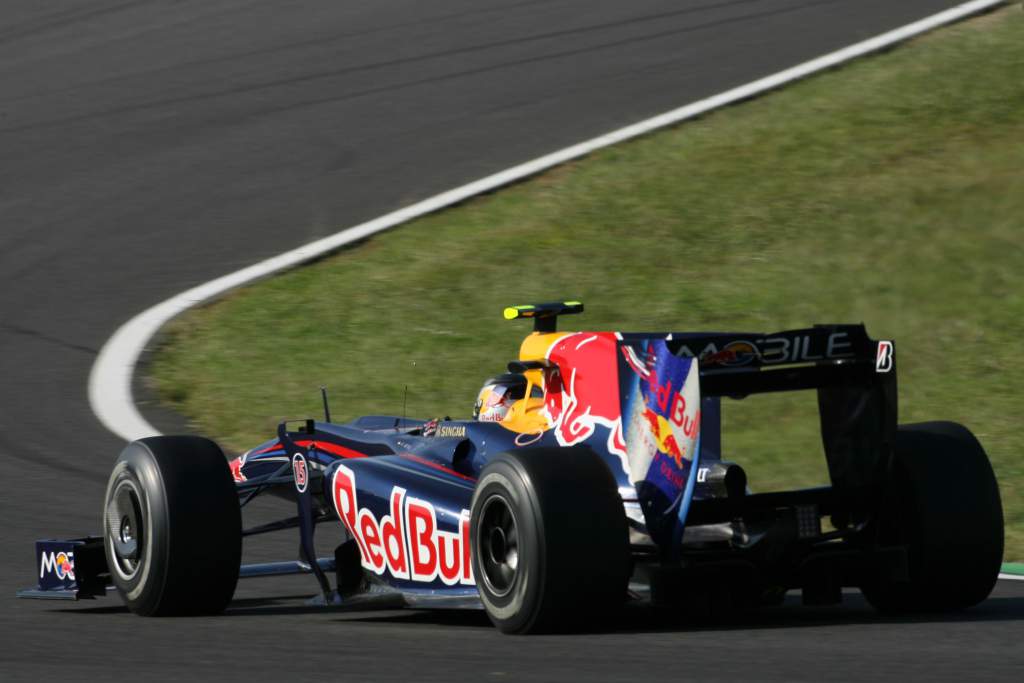
“I learned a lot from Sebastian because he was so sharp in feeling and feedback and about the driveability of the engine and we did quite a good job together making sure he has the engine response he was asking for.
“With the exhaust blowing in 2009-10 we developed some tricky engine set-ups very closely together.
“Some drivers don’t care and don’t feel much difference. But Seb could always pick up the point and wanted everything perfected. Then he could do wonderful things.”
There’s a lot to be said for engineers working in the white heat intensity of the track, where the problems are seen in their true perspective and the answers need not only to be right but arrived at quickly. Lotus boss Colin Chapman once posed a question in a pitlane to Cosworth’s original genius Keith Duckworth who replied, “Let me think about that.” To which Chapman replied, “Let you think about it? Keith, you’re at the racetrack.”
“When you work in F1 it’s important to see how it works at the track,” says Dumont. “You learn many things there and when you come back to the factory you know what you have to provide and the quality of the job that you have to provide.
“That’s why when I’m talking about wellbeing it is quite important in order to help people deliver what is needed at the track.”
So Dumont’s understanding of what’s demanded comes direct from the track, but in terms of how to achieve it, he feels the valuable lessons came during his two years at Porsche, on the LMP1 engine programme.
“What I learned at Porsche was a lot about wellbeing – the places where you have the coffee machines are quite important to get the people more socialised, let’s say,” he explains.
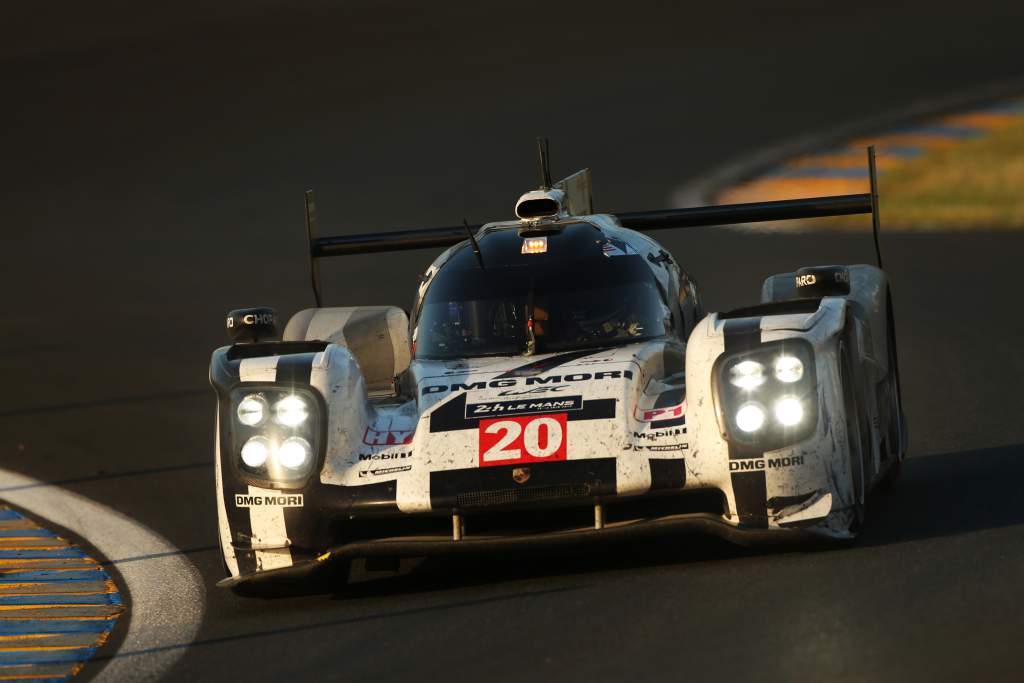
“And what was also the case in Germany was that people eat well at the factory which sounds very simple but we also modernised completely our restaurant here, the quality of the food and also big, big windows so that when people come to the restaurant they get a fresh outside view.
“I saw in Germany that these things were quite effective. The old facility was dark – dark floors, dark cabinets and furniture. Now we have really bright colours and big windows to give people sunlight and brightness. Wherever you are in the new building you can see outside.”
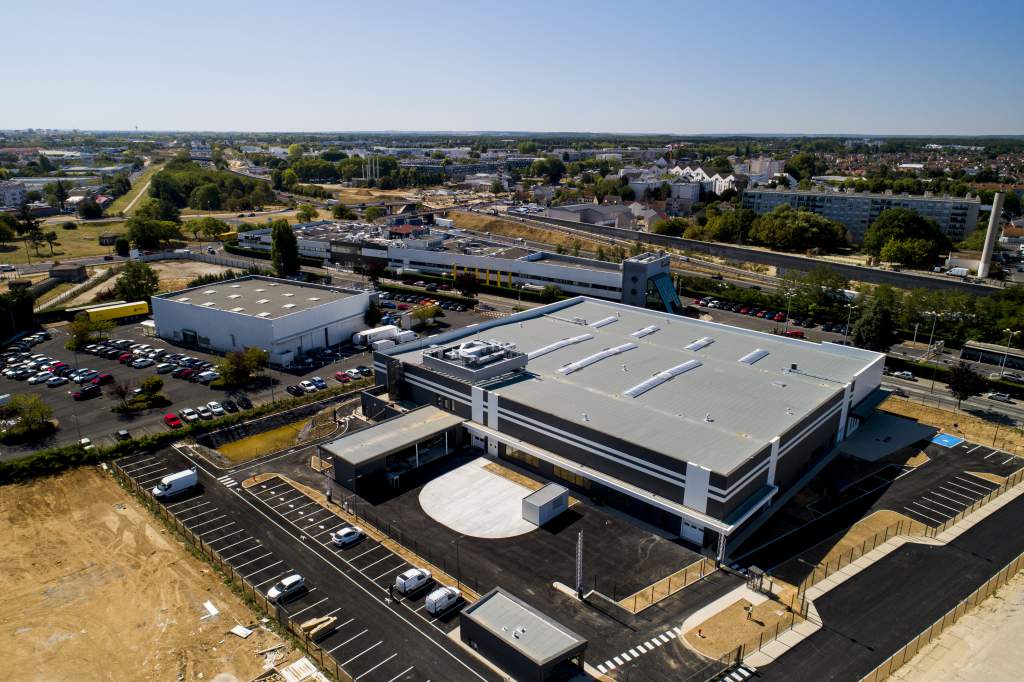
It may sound trivial, but for a group of people who have performed under challenging conditions to produce what they have in the last few years it probably doesn’t feel it.
It might even hold the promise of a bright new era, the physical manifestation of a reset, a throwing off of the shackles of the tough seasons endured since Renault returned as a constructor.
“The idea was to have a workshop that is now more in line with our project in F1,” continued Dumont, “and we took the opportunity to inject lots of wellbeing at work. It’s important for the people to be proud of what they do and proud of their facilities which makes them work in a proper way.
“Now we have everything we need in terms of testing facilities. We are back in the game” :: Cyril Dumont
“For me, we just underestimated the change in [hybrid] technology in 2014 and we took too much time to react to that. We can see with Honda how long it took them from the time they decided to enter F1 until now when they are in the game.
“We just underestimated and we didn’t have enough people on-site, enough experts in certain domains and we undershot the target.
“Now we have everything we need in terms of testing facilities. We are back in the game, we have some high-dynamics dynos, we have all we need in terms of testing.
“We will have all we need to do a good job in engine assembly in how we store the parts, assemble some tricky parts like fuel injectors, rails and hydraulics etc.
“Now we just need the right decisions on the technical side. I think we have all we need to be able to fight and reach our target in the near future.”
Formula 1’s cost cap is part of that reset for this facility as Dumont steers it back from the dark days into something worthy once more of its proud heritage.
“The cost cap on the chassis side was already really good for us, in putting us on the same playing field,” he says.
“Engine-wise, we know we don’t have the same budgets as the other manufacturers, for sure. So a budget cap on the engine side will be really good for us, also. Whether it comes in next year or the year after.”
All our energy ultimately comes from the sun. Allowing more of it into the factory as F1 repositions itself for a more sustainable future can only be a good thing for Viry, surely.





